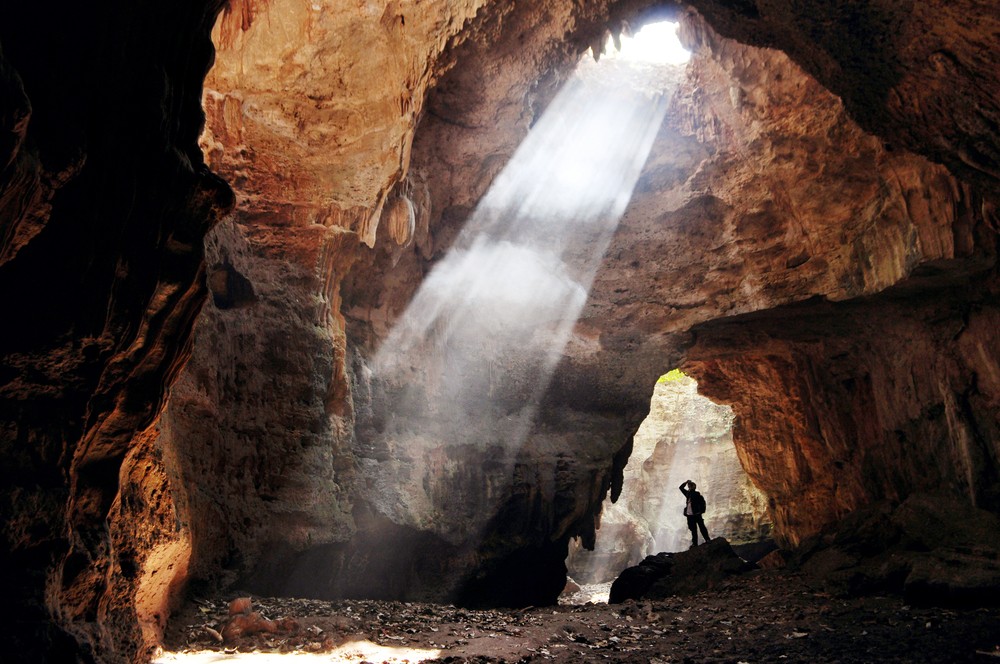Popular Reads
Top Results
Can't find what you're looking for?
View all search resultsPopular Reads
Top Results
Can't find what you're looking for?
View all search resultsWhat to know about risks of cave exploring in Indonesia
With similarities between caves in Thailand and Indonesia, it is worth knowing the risks of caving in the archipelago.
Change text size
Gift Premium Articles
to Anyone
W
ith an ongoing rescue mission to help a group of Thai boys and their soccer coach escape a cave in Chiang Rai, Thailand, capturing the world's attention, it is worth noting that there are similarities between caves in Thailand and Indonesia.
Cave biologist and explorer Cahyo Rahmadi told kompas.com that the incident taught a valuable lesson on early warning systems.
Such systems inform people about incoming disasters in a timely and systematic way, allowing them to make informed decisions and take action. The flood warning system consists of four basic elements, namely risk knowledge, monitoring, response capability and warning communication.
Cahyo details all aspects of risk knowledge below.
Seasons
“Exploring caves is a high-risk activity, so the first thing to realize is we have to know what season we are in,” said Cahyo, who is also a researcher at the Indonesian Institute of Science (LIPI).
Recognizing the season, he said, was something basic but highly important.
“The most dangerous accidents in caves come from flooding,” Cahyo said. “It has happened several times in Indonesia in places like Tasikmalaya and Karawang, West Java, and in Gunung Kidul, Yogyakarta.”
It is advised to steer clear of caves during the rainy season. The same goes for the transition periods between seasons.
The transition from the rainy reason to the dry season in February, March and April means caves would be at their most unpredictable states, Cahyo said.
“The rainy season makes the land waterlogged. A little bit of rain means water goes into underground rivers, which then could result in a flood,” he said.
During a cyclone last November, caves at Gunung Kidul, Yogyakarta, were filled with water. “What made it risky was we never knew for sure when water would come in and flood the caves,” he said.
Characteristics of caves
Cahyo said it was important to have an understanding of a cave's characteristics and routes.
“Similar to the one in Tham Luang, there are many caves in Indonesia with underground rivers,” he said.
Passageways in several Thai caves are filled with water, so the only way to exit is by diving, according to Cahyo.
Read also: Elon Musk sends team to Thailand to help in cave rescue
Travel with experts
Cahyo stressed the importance of caving with seasoned professionals.
“What happened in Thailand, they are not explorers and probably went in for recreational purposes,” he said. “For any activity in caves, it is best to go with someone who’s experienced.”
Flash floods
Cahyo said that, most of the time, it is difficult to predict when caves flood.
He recalled that, in one of his experiences, upon exploring a cave, a flood hit even though there was no rain at the cave’s mouth.
Cahyo said that one way to anticipate flooding is by communicating with someone whose sole task is to stand by the cave’s mouth and monitor the surrounding conditions. (wng)







